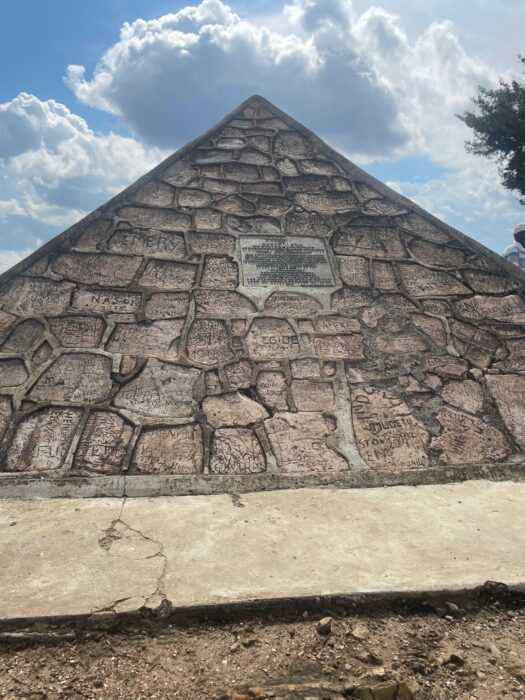The Nile, a mythical river whose waters have irrigated millennia of civilization, originates in the heart of Africa's Great Lakes. Among the many springs that feed it, the southernmost is in Burundi, in the province of Bururi. The Gasumo site, where the first drops of the Nile flow, is steeped in history and symbolizes the greatness of this legendary river.
History and geography of the source of the Nile
For centuries, the true source of the Nile remained a fascinating mystery to explorers and geographers alike. Various theories have been put forward, placing its birth in Ethiopia or Rwanda.
In the 20th century, thanks in particular to Burkhart Waldecker's expeditions in 1937 and 1967, the southernmost source of the Nile was finally located near the commune of Rutovu, in Bururi province, Burundi. From this point, the Ruvyironza river flows to join the Ruvubu river, which in Rwanda becomes the Kagera. The waters then flow towards Lake Victoria, from where the White Nile escapes, crossing Uganda, South Sudan and Sudan, before joining the Blue Nile at Khartoum and flowing into the Mediterranean Sea.
Today, the Gasumo site in Burundi is recognized as the most remote source of the Nile delta. A symbolic pyramid has been erected here by the Institut Géographique du Burundi (IGEBU).
A source at the heart of mythology
The search for the source of the Nile has always been a major symbolic issue, nourished by myth and legend. For the ancient Egyptians, whose civilization depended entirely on its flooding, the Nile was a sacred river, seen as a source of life and fertility. Knowing its origin was of the utmost importance.
The southernmost source of the Nile in Burundi lies in a mountainous region covered by primary forests. The Gasumo site was considered sacred by local populations long before the arrival of European explorers.
The Gasumo site today
The site of the source of the Nile has become a tourist destination and a strong symbolic place for Burundi:
- The IGEBU pyramid: This white pyramid marks the location of the spring. Although the waters of the spring itself are hardly spectacular, this building steeped in history stirs the emotions of many visitors.
- The surrounding forest : Gasumo is located in a tropical rainforest that is home to a highly biodiverse flora and fauna. However, this natural heritage is fragile and under threat.
Ecological importance and environmental issues
The region around the source of the Nile is essential to the ecological balance and water supply of much of East Africa. Preserving it is a major challenge:
- Deforestation : Deforestation directly threatens the source of the Nile by reducing the soil's capacity to retain water and increasing erosion.
- Intensive agriculture : Unsustainable agriculture, with its use of pesticides and chemical fertilizers, pollutes waterways and affects the quality of the Nile's water.
- Demographic pressures : Population growth puts pressure on water and space resources.
Actions to preserve the source of the Nile
Various initiatives are underway to protect the Gasumo site and its feeding zone:
- Reforestation : Projects to replant trees in degraded areas help protect the soil and regulate water supplies.
- Promoting agroecology : Encouraging more environmentally-friendly farming practices helps reduce pollution and preserve water quality.
- Ecotourism : The development of responsible tourism on the Gasumo site can raise visitor awareness and generate revenue to fund environmental conservation projects.
Conclusion
The southernmost source of the Nile, located in Burundi, is a unique natural treasure that symbolizes the greatness of this legendary river. Protecting this fragile site and its catchment area is essential to guaranteeing access to drinking water and preserving the biodiversity of a region vital to East Africa.
Photo © Facebook Page de HTB


No Title
Pride of Africa